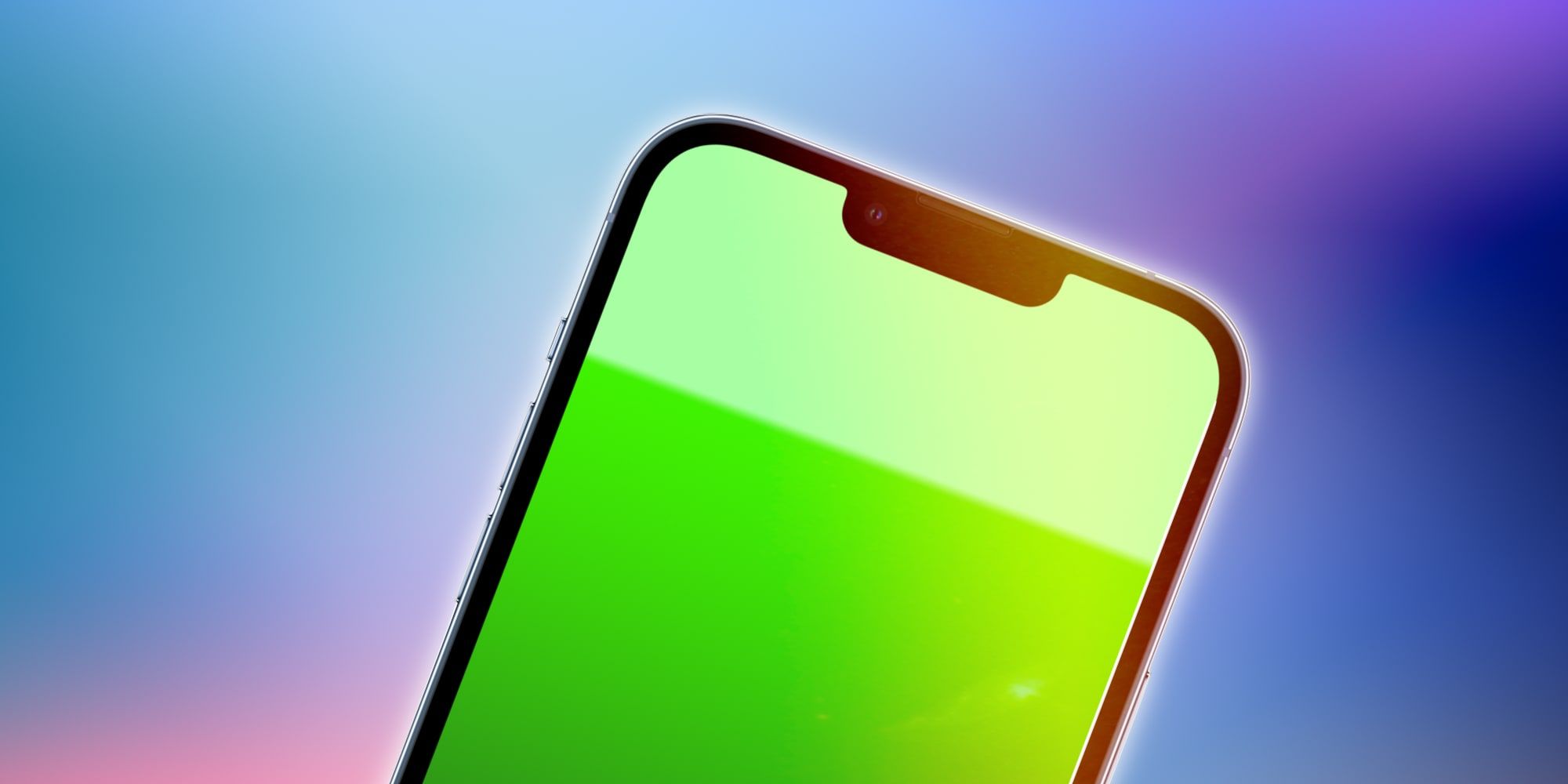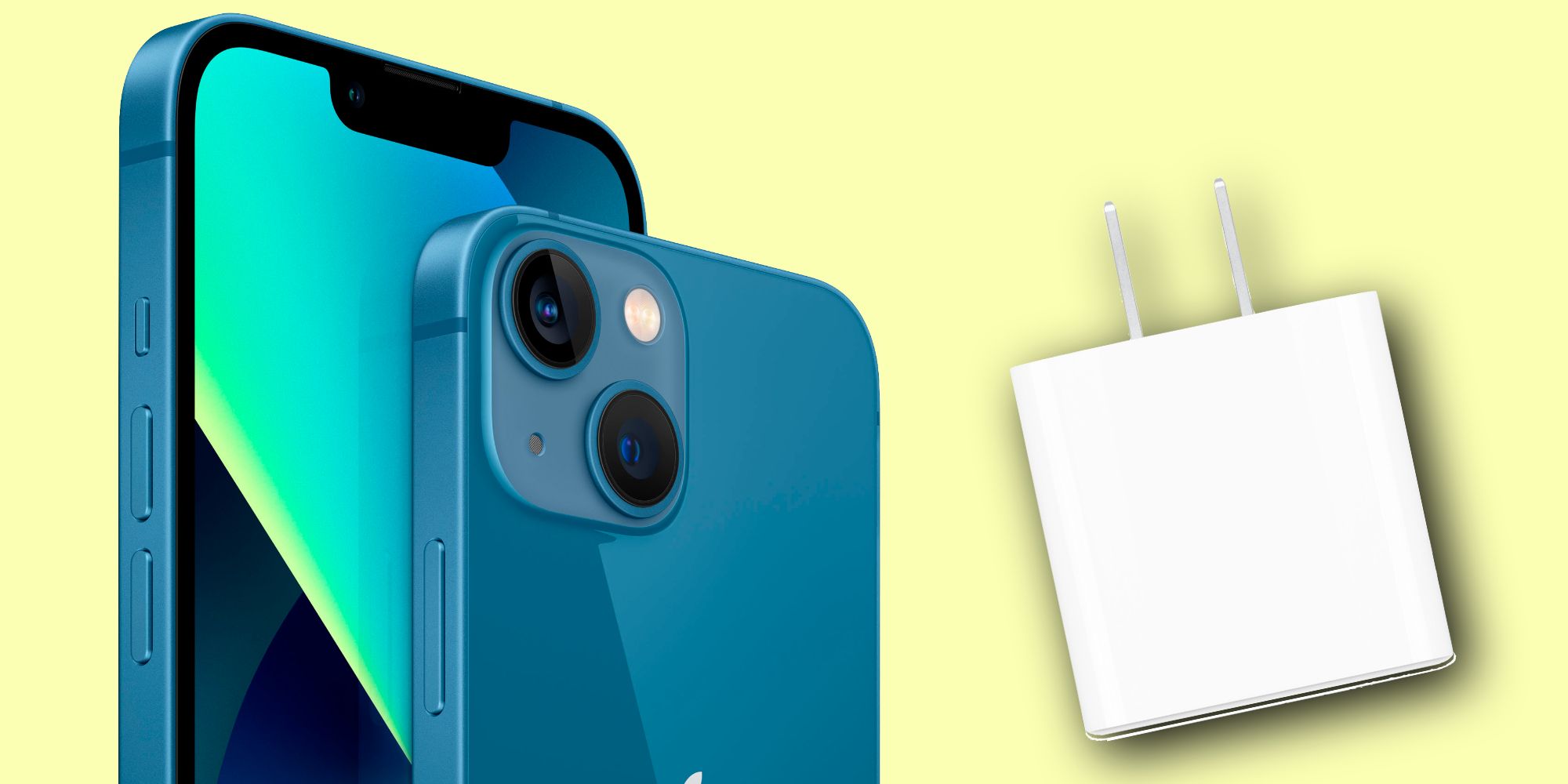Apple has greatly improved the battery life of the iPhone 13 and it charges faster than any iPhone that came before, however, it still can't compete with the incredible charging rates of some Android phones. There is a fair amount of confusion about whether faster charging is bad for a smartphone, how speed is being measured, and what is the ideal charging rate.
In 2020, Apple stopped bundling a charger with its iPhone. While this initially caused some concern, the fervor died down quickly as other manufacturers followed suit, dropping the charger as standard equipment with the purchase of a new phone. Given that the included 5-watt charger was often replaced with a better model, it isn't really a loss for most customers and does prevent unnecessary waste. Apple doesn't share what the maximum charging rate is for its smartphones but it claims the iPhone 13 Pro Max can reach 50 percent charge in around 30 minutes when using a 20-watt adapter which is sold separately.
In a recent test by ChargerLAB/Youtube, the iPhone 13 Pro Max was found to be capable of a charging rate at up to 27 watts, when using a 30 watt or greater charger. This is a fairly significant jump compared to the iPhone 12 Pro Max, which can handle 20 watts. The other iPhone 13 models are unlikely to charge any faster. However, 27 watts is much lower than the 65-watt charging of the OnePlus 9 or the 120-watt supply of the Xiaomi Mi 10 Ultra. The fastest power adapters start off very rapidly, then throttle back dramatically near the end, making the overall time to top up a smartphone less dramatic than it may seem based upon the big variation in power ratings. Samsung gave its Galaxy S20 the ability to charge at 45 watts, however, before it abandoned super-fast charging in 2021 and the Galaxy S21 reaches a maximum of 25 watts. When aiming for a full charge, however, it doesn't make a very big difference. The S20 Ultra charges from empty to full in about an hour with a 45-watt fast charger, yet it only takes about 10 to 15 minutes longer with a 25-watt charger, according to Android Central.
Why The iPhone Charges Slower
There is no doubt that a smartphone that is capable of being charged at 120 watts will reach 50 percent charge much more rapidly than the iPhone 13 Pro Max with its 27-watt limit, however, that is probably less important to the customer than the 28-hour video playback potential when fully charged. Why are both Apple and Samsung limiting charging speeds and why are the 60 watts and higher rates rarely seen in smartphones? While each company likely will have its own reasons, an educated guess can be made. Super-fast charging has the potential to degrade lithium-ion batteries since it usually comes with an increase in temperature. Safety is another concern and if there is a flaw in a battery, it is most often revealed when it is plugged into power.
There is little reason for a leading manufacturer like Apple to take a risk of batteries failing early or bursting into flames. Particularly when advanced battery technology is being researched by so many companies, both for mobile technology and electric vehicles. Since most flagships charge sufficiently in about an hour and overnight charging is quite common, perhaps faster charging isn't as important as higher capacity or greater efficiency. Apple could implement faster charging for the iPhone but it might not have a big impact on customer satisfaction and could reduce the lifespan of the battery.
Source: ChargerLAB/Youtube, Android Central


